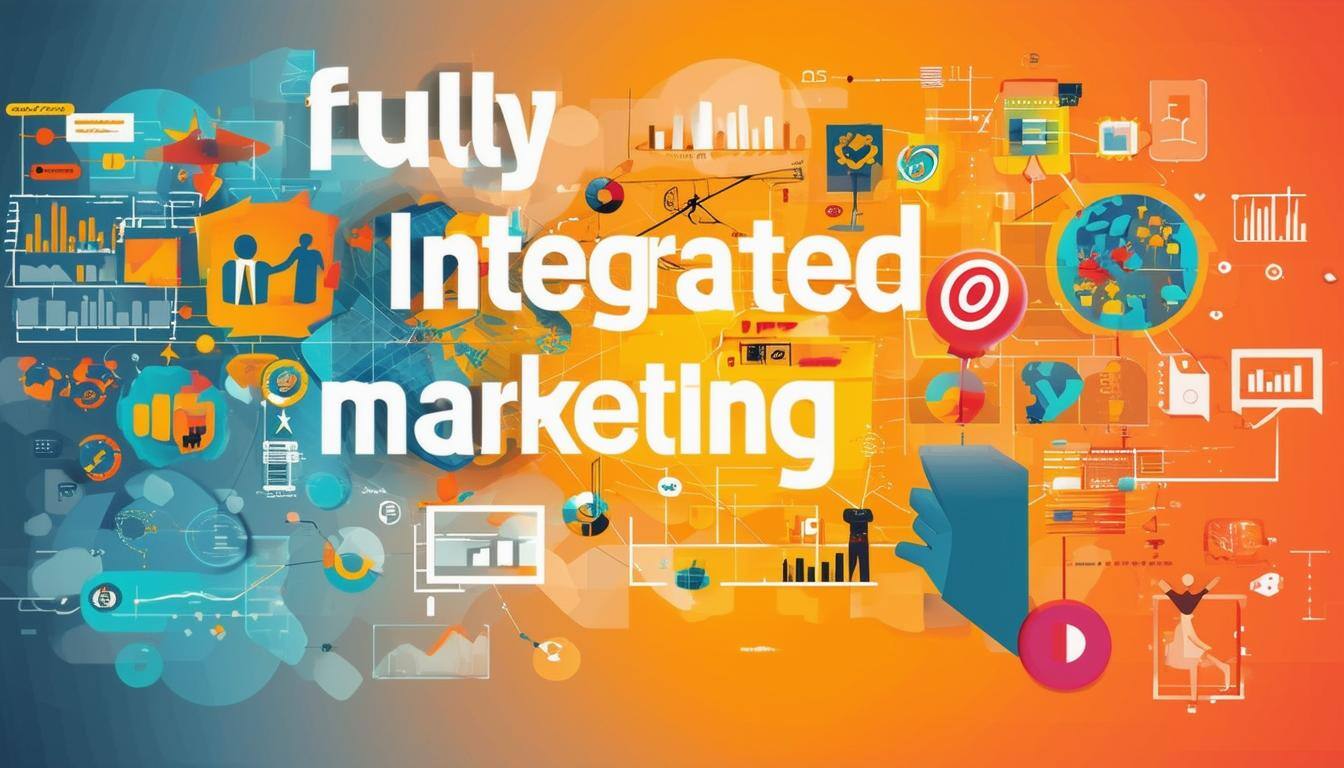Making Email Your Productivity Super-Sidekick in 5 Steps
A lack of productivity in the workplace is usually blamed on email overload, and the inability to get anything done because of the sheer volume of digital love-letters we receive from clients, suppliers, marketers, and admin services.
‘Does it feel like email is taking over your life?’, Forbes asks.
‘Email seems counterproductive’, says Lifehack.
You may start feeling this way too, but to finally crack the email code and start using your time productively, you need to start at the most important point:
EMAIL IS A MAGNIFICENT INVENTION.
It really, truly is. Before the invention of email, we clumsily carried around diaries, to do lists, personal phone books, and more, just to remember what our day should look like. Now we have the full universe of business right at our fingertips, and sure, it’s getting busier, but we have the power to control all our meetings, communications, and tasks in one area. Says Jo Knightley on Quora,“The key for email productivity is in making our processes as efficient as possible.”
It’s time we started embracing email in way that allows it to tie into our productivity, instead of tagging it as a chore. However, not many sites discuss the benefits of email as a tool, so we’re going to delve into how you can start seeing it as your friend, and share some tips on how to level up your email game.
TURNING YOUR EMAIL INTO YOUR PRODUCTIVITY SUPER-SIDEKICKThe steps are simple, and start with some not-so-common knowledge that must be mentioned:
- Schedule time to *actually* check your inbox.
This sounds silly, but the main reason that people end up with one-thousand-five-hundred unread mails in their inbox is not because they’re more popular than your average employee, it’s because they don’t take the time to check their inbox.
Setting aside fifteen minutes three times a day to go through your new mails, and assign importance to what’s new, will reduce your chances of becoming a star on the email version of Hoarders.
- Prioritise, flag, and follow up
Do a quick triage on your inbox on each scheduled check. Look for feedback from your previous day’s mails, find approvals you require to complete work, and filter out the spam and chit chat.
- Flag mails as a task if they require time during your day, and schedule them as to-dos.
- Follow up on mails that require quick replies, and get to the longer ones during the day.
Having a mailbox full of incomprehensible garbage can be off-putting, so apply rules to filter out the mails that you may want, but don’t want in your main inbox.
- Embrace the perks
Email comes with baggage (according to some), but optimising the strengths instead of being frustrated with the drawbacks is key - and the strengths of modern mail programs like Outlook are plentiful.
You can customise your inbox, calendar, tasks, and address book so that they work exactly as you need them to, and notify you of events and task deliveries in a way that you don’t find disruptive.
Embrace the fact that email allows you this control and flexibility over your planning, and optimise the platform to suit you to really get the best from it.
- Use productivity tools to help you
If you feel like your mail works, but has a couple of annoying habits that you may need to have looked at, you can always find a plugin or app to help you to optimise.
Our favourite examples?
- Doodle – a scheduling tool that helps you organise multi-attendee meetings without the back-and-forth that so commonly occurs.
- Basecamp allows collaboration and sharing outside of email parameters, so you can eliminate the massive mail sizes and circular conversations that follow emailed projects.
- If you use Gmail in your business, Boomerang allows you to schedule messages for sending, and can be set up to only receive mails at certain time.
- Gmail gives us another great tool – Charlie – that can prepare you for meetings based on your Google calendar. It’s a little scary, but you won’t ever walk into a meeting not knowing who you’re talking to again.
- ClearContext is a plugin for outlook, that helps you to manage tasks, filtering, and inbox triage.
- Keep calm. It’s only email
We know that you sometimes get to the point where you’re overloaded with emails and you can’t get to everything at the same time. When this happens, take a breath. Rome wasn’t built in a day.
Remember that if it’s desperately urgent, you will receive a call long before the mail comes through.
If you work for a successful business in a field that uses email, and you do your job well, you will never have the worry of an empty inbox. Learning how to manage your mails is the best you can do:
- Line them up for action.
- Add them to your tasks.
- Get through them one by one.
‘Productivity is never an accident. It is always a result of commitment to excellence, intelligent planning, and focused effort’ -Paul Meyer
Your email wants to be on your team. Take some time out and set it up so that you can work efficiently with it, and you’ll find that you spend less time flailing meaninglessly at your inbox, and more time getting things done.
The following infographic from Contently, a technology company that helps brands create amazing content at scale, shows interesting insights from various emails:

For more helpful tips and insights, try out our website grader:





SUBMIT YOUR COMMENT